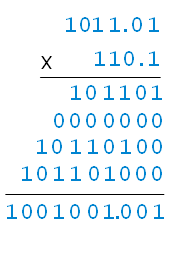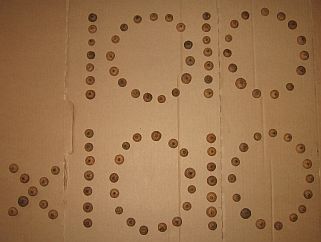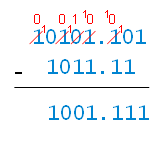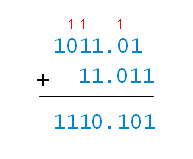Numbers are entered into computers as strings of text. These strings are converted to binary, into the numeric form understood by the computer’s hardware. Numbers with a decimal point — numbers we think of as real numbers — are converted into a format called binary floating-point. The procedure that converts decimal strings to binary floating-point — IEEE double-precision binary floating-point in particular — goes by the name strtod(), which stands for string to double.
Converting decimal strings to doubles correctly and efficiently is a surprisingly complex task; fortunately, David M. Gay did this for us when he wrote this paper and released this code over 20 years ago. (He maintains this reference copy of strtod() to this day.) His code appears in many places, including in the Python, PHP, and Java programming languages, and in the Firefox, Chrome, and Safari Web browsers.
I’ve spent considerable time reverse engineering strtod(); neither the paper nor the code are easy reads. I’ve written articles about how each of its major pieces work, and I’ve discovered bugs (as have a few of my readers) along the way. This article ties all of my strtod() research together.
Continue reading “How strtod() Works (and Sometimes Doesn’t)”








